The content of the article
A runny nose in a newborn is accompanied by a burning sensation in the sinuses and congestion, dryness and headaches. Breasts become lethargic, moody and lose their appetite, because they are forced to breathe through their mouths. Most medicines are contraindicated in infants. Then how to alleviate the condition of the child? Consult with a pediatrician, find the causes of the common cold and, together with the doctor, select a comprehensive treatment.
Diet for mother and baby
A sick baby cannot be force-fed, especially if the baby has a high fever. A hungry organism can cope with viruses and germs faster, because it does not have to spend energy on digesting food.
Sometimes a child wants to eat, but cannot suckle because of a stuffy nose. Moms are recommended to express and water the baby with milk from a spoon or bottle. Give as much food as the infant requires. In some cases, it is advisable to replace natural milk with sour-milk mixtures that normalize the digestive organs, because immunity begins with the intestines.
You can not treat a runny nose with vitamin complexes if they were not prescribed by a pediatrician. Mom, breastfeeding, should not eat more greens or citrus fruits, dramatically change the diet. Experiments with vitamins and natural immunity enhancers end with rashes, diathesis and allergic rhinitis.
Ailing baby needs water. Normal, boiled, but in large quantities. A runny nose exhausts the baby's body and leads to dehydration. Drinking plenty of water gives the body strength to fight and makes the baby feel better.
Important: A small child can be given tea or compote, if he had already tried this drink and reacted normally to it.
Daily routine and water treatments
Grudnichkov with a runny nose can not be bathed. The first 2-3 days refrain from taking baths, limiting themselves to washing. In the summer, the child is wiped with a damp sponge to wash off sweat and dirt. The baby is bathed for 4–5 days, if the condition of the small patient has improved, and the temperature has returned to normal. Warm water is poured into a basin. Too cold will provoke an exacerbation of a runny nose, and heat can begin from a hot bath.
Bathe no more than 10 minutes. After water procedures, immediately wipe the baby dry and put on light pajamas from natural fabric, in which the child will be comfortable and warm. Chamomile, which has anti-inflammatory properties, is added to bathing water. Grass is not used if the baby is allergic to it.
Important: No essential oils. Fragrant additives are powerful allergens, which cause rashes, and the nasal mucosa swells, making breathing difficult.
Contraindicated with a runny nose and walks. The baby is taken out to the street if the window is warm and calm, and the baby breathes his nose on his own. Wind, rain and frost are dangerous for the little patient, and for mom too.
Instead of walking, it is advised to ventilate the nursery to fill it with oxygen. Fresh air destroys bacteria and contributes to the narrowing of blood vessels in the sinuses of the nose, which makes it easier for a child to breathe for a while without special drops and ointments.
Plates of chopped garlic are placed around the room. Spice disinfects the room, destroying the causes of the common cold. You can not put garlic next to the crib, because the substances emitted by the product can burn the mucous membrane of the nasopharynx and eyes.
Important: The air in the room where the baby is located is regularly moistened to make it easier for the baby to breathe. In winter, they cover the batteries with wet towels, and in spring and summer they put basins or buckets of water in the room.
Nose cleansing
Some mothers rush to the pharmacy and buy all the allowed drops to instantly cure the baby. Pediatricians are advised not to intervene and let the body solve the problem on their own. A runny nose, like a cold, tempers a child’s immunity and teaches you how to fight infection.
What can mom do in this situation? Regularly clean the nose of mucus, which accumulates in the sinuses and makes breathing difficult for babies. Babies do not know how to blow their nose, so you have to use an aspirator. They are of four types:
- syringes;
- vacuum;
- mechanical;
- electronic.
The first are the simplest and cheapest, resembling a rubber bulb with a plastic tip in shape. Mom presses the base to release air, inserts a tube into the baby’s nose and the aspirator sucks the mucus. Syringes do not allow you to track the number and color of secretions, so they are not popular.
Mechanical devices are equipped with two tubes: one mother puts it in her mouth, the second she puts it in the baby’s nose. Then the air draws, and the mucus flows into a special translucent compartment.
The most convenient vacuum and automatic aspirators that do all the work on their own. They resemble small vacuum cleaners and clean their baby's nose in seconds.
Brine
Sometimes the snot dries and turns into hard crusts. They stick to the nasal mucosa from the inside, interfere and irritate the child. Crusts can not be peeled off mechanically and pick out with your hands or cotton buds. First, dried plaque is softened. Than? Drops based on sea water or isotonic solutions. You can do it easier and independently prepare a tool for washing and moisturizing the nose.
Dissolve a spoonful of table or sea salt in a glass of boiled warm water. The second option is softer, so it is preferable. Stir until the dry ingredient is completely dissolved. Pipette and inject saline into each nostril. Enough 2-3 drops 4-5 times a day.
When the crusts are softened, carefully remove them with a cotton swab or aspirator. Then drip the nose with antiviral or antiseptic drugs. You can lubricate the mucosa with a therapeutic ointment that soothes and moisturizes the inflamed sinuses.
Drops based on sea salt allowed to infants:
- Aquamaris;
- Otrivin Baby;
- Salin;
- Marimer
Not more than 4 drops at a time. Keep the child upright so that the liquid does not flow into the nasopharynx. They soften the crusts with petroleum jelly, in which a cotton swab is moistened. The tissue is inserted into the baby nostril, counted down 10 seconds and gently scroll, and then removed with all the contents. You can replace the vaseline oil with sunflower oil, boiled in a water bath.
Medications
Drops are selected together with the pediatrician, depending on the cause of the common cold. You can not uncontrollably treat a child with medications, so as not to worsen his condition.
Antiviral
Drops, which include immunoglobulins, are recommended for weak and painful babies. Drugs kill viral infections and at the same time increase immunity. Breasts are allowed:
- Interferon;
- IRS-19;
- Grippferon.
Means contribute to thinning mucus and the development of antibodies. The duration of treatment varies from 3-5 days to 2 weeks. Dates are negotiated with the pediatrician.
Antiseptics
Drops belonging to the class of antiseptics destroy bacteria and dry the mucous membrane. The tool is recommended if the transparent discharge from the nose has become yellow-green or cloudy.2 drops in each nostril, and the baby will be able to sleep peacefully for several hours. What remedies are used to treat infants?
- Protargol;
- Albucid, which is intended for the eyes, but they can also be instilled in the nose;
- Oftamirin.
Antiseptic drops dry the mucous membrane and cause burns, so the drugs are prescribed in extreme cases and are advised not to use more than 3-4 days.
With antibiotics
A powerful antibacterial and antiviral effect is possessed by antibiotics. These are "Isofra" and "Sofradeks", which are not used for more than 3 days.
Breast contraindicated drops with vasoconstrictor properties. After one use, babies experience tremors and blanching of the skin. In case of an overdose, the baby may experience an attack of vomiting, cramps or painful cramps, due to which the children scream and cry.
Ointments for the nose
Not all babies are normal with drops and sprays. Some get hysterical when they see a tube of the drug. In such cases, it is worth trying ointments that remove irritation, have soothing and antimicrobial properties. Tools based on:
- calendula
- St. John's wort
- with zinc content.
The main thing is that the child should not be allergic to the components of the ointment. How to use the drug? Dampen a clean cotton swab or gauze swab in the product and gently apply to the nasal mucosa. Repeat 3–6 times a day until relief comes.
Is it possible to inhalation
Steam heating of the sinuses is prescribed if a runny nose is accompanied by a cough. Inhalations thin the mucus in the nasopharynx and bronchi, contributing to its outflow. You should breathe over mineral water, heated to 38–40 degrees, or warm boiled potatoes.
Mom puts the child on her lap, covers herself with a towel and marks it for 8-10 minutes. No longer, otherwise the baby will overheat, and the temperature may rise. Medicinal herbs, citrus peels or essential oils are not added to the inhalation solution.
Do not Cry
And the little patient does not need extra worries. The body is too weak with a runny nose to spend energy on tantrums and crying.
Does the child not wake up for a long time? You need to carefully check his breathing and touch his forehead. Full order? Let him sleep and gain strength, because a child’s body, exhausted by a runny nose and fever, needs a good rest.
Bad advice
Grandmothers give a young mother many recommendations, but not the fact that they are all correct. Categorically it is impossible to treat children's runny nose with vegetable juices: carrot, beetroot, as well as Kalanchoe or aloe. Homeopathic remedies cause allergies and rhinitis, but do not remove inflammation.
Breast milk, contrary to expectations, does not destroy bacteria. If you drip a little baby food in the nose, it will curl up due to high temperature and will settle on the mucous membrane in the form of a crust.
In infants, a runny nose lasts from 3 to 5 days, sometimes drags on for a week. If the amount of discharge does not decrease, and bloody streaks or other strange impurities appear in the mucus, you should see a doctor. Moms are not recommended to engage in amateur performances and buy drops without the appointment of a pediatrician, because only one wrong drug will cause chronic rhinitis or immunity problems.
Video: how to treat a runny nose in an infant

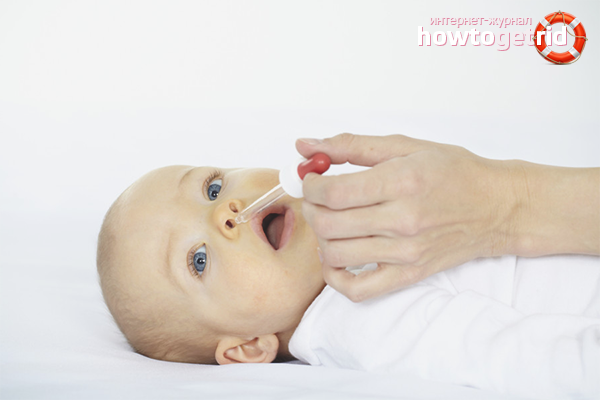

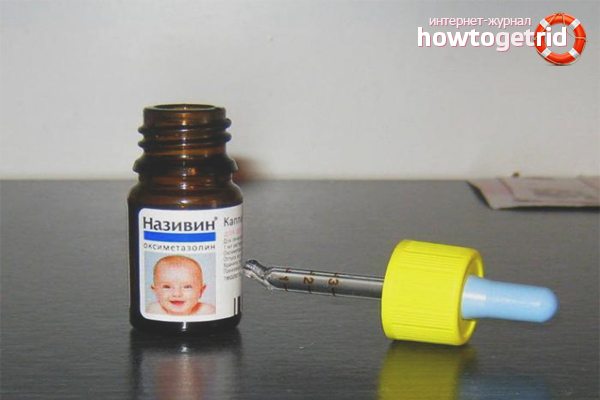
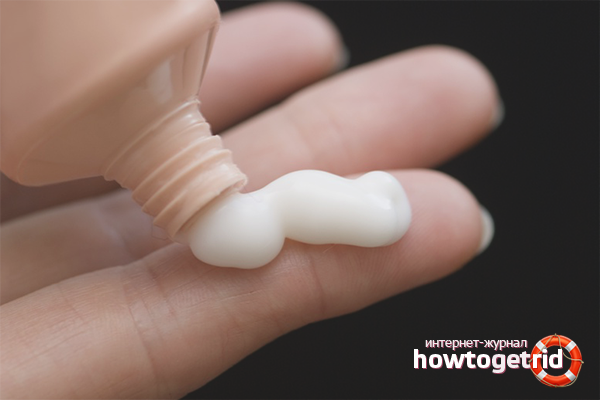
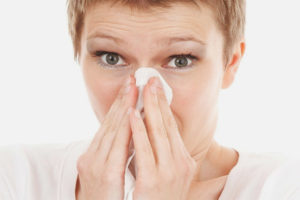



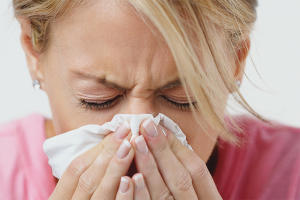
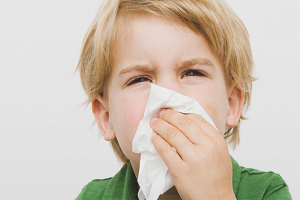

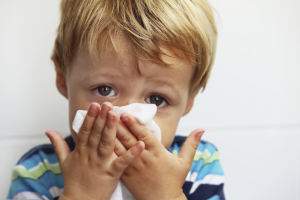
Submit